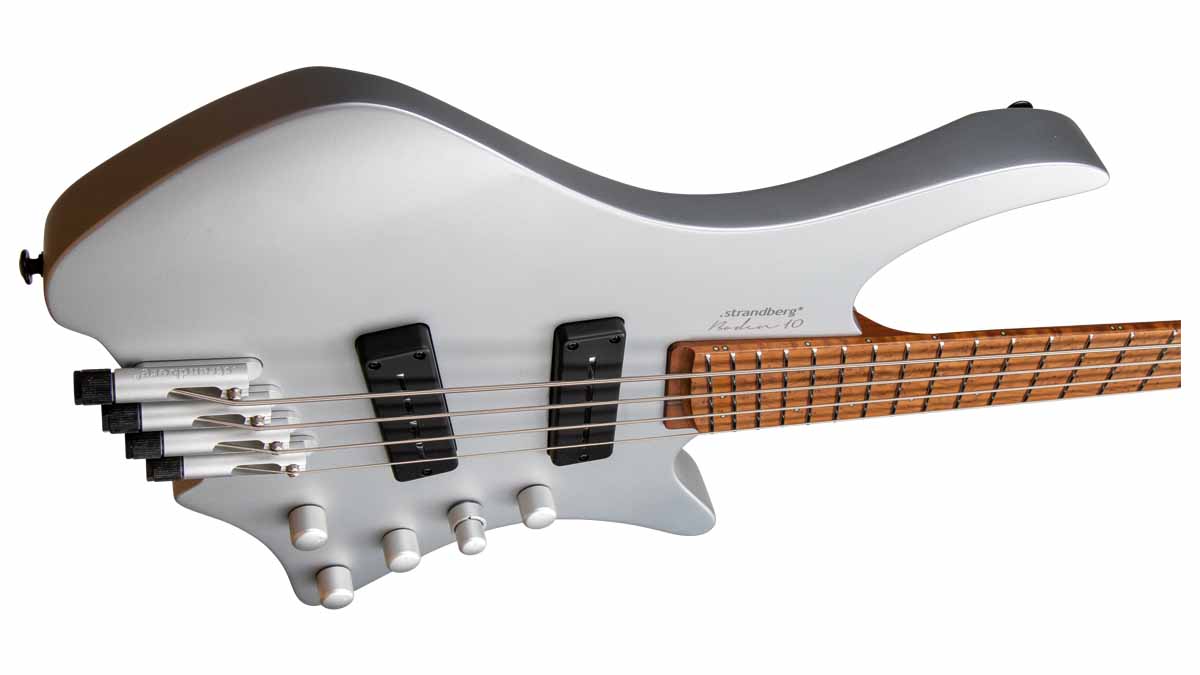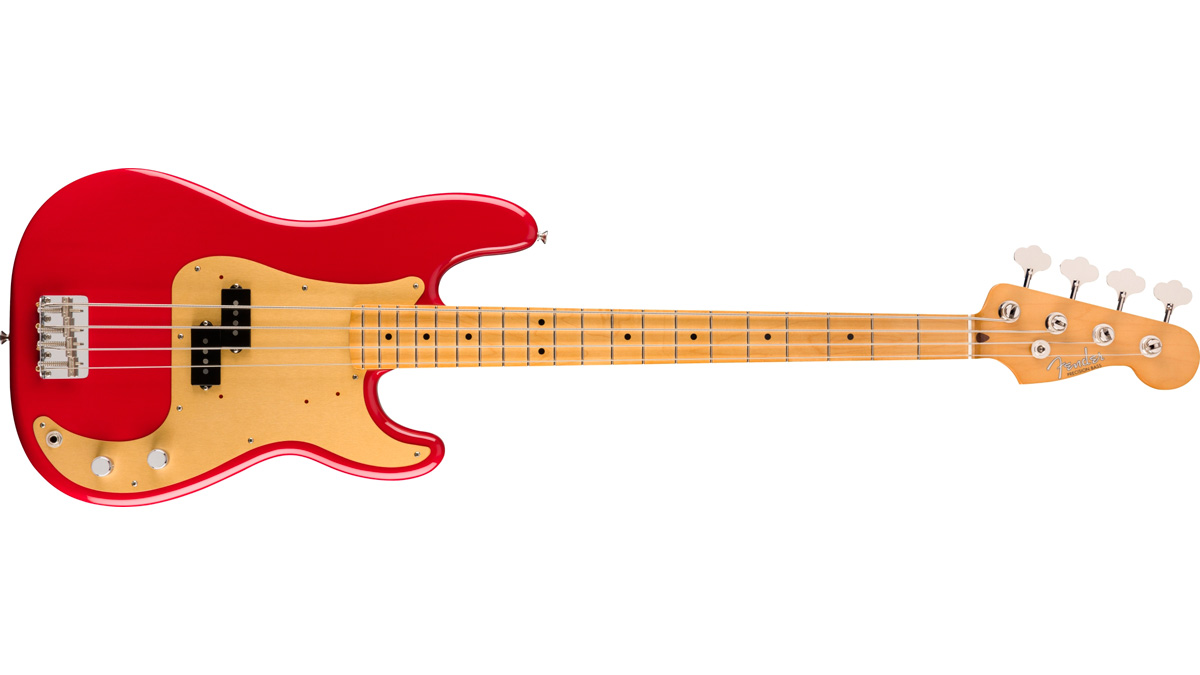Passive vs active bass guitars: bass electronics explained
Bamboozled over passive vs active basses? Don't be. Here we'll walk you through the distinctions

Welcome! Ever been confused by all the electronic stuff under the hood of your bass? As I see it, buying your first bass guitar is tough enough, even before you figure out what its electronics actually do.
This is about passive versus active basses, right?
Yes! The former require no batteries and perform no amplification when controls are adjusted. On Precision- and Jazz-type basses, you’ll find a single tone control, based on just two components. The first is the knob itself, also referred to as a pot in abbreviation of its full name, potentiometer.
The second is a capacitor in a network that progressively rolls off treble frequencies as the knob is turned anti-clockwise. This creates a sound that is perceived as more bass-heavy.
You make passive basses sound pretty simple.
Well, yes. There are many variations, though, such as Fender’s TBX Tone control: this offers manipulation of bass as well as treble frequencies, but remains passive. There are also systems that change the value of internal passive components in the tone circuit.

What does ‘active’ mean, then?
Get The Pick Newsletter
All the latest guitar news, interviews, lessons, reviews, deals and more, direct to your inbox!
Active circuits are powered with batteries, which means you can boost selected frequencies instead of just cutting them. When active electronics get involved, there’s much more to offer over and above the simple tone controls.
What tone options do active basses have?
Two popular types of preamplifier circuits offer fixed-EQ centers and/or semi-parametric equalization. Each allows you to boost or cut two or three frequency ranges – either treble and bass, or treble, mids, and bass.
With the latter, not only can a center frequency be boosted, but you’re given the ability to sweep across the audio spectrum and select specific frequencies.
Both can work in tandem with a passive tone control, or replace it. What are all those other switches on my active bass? You may also find that there’s a switch for selecting different frequency centers for the mids.

So is going active just about having more tone options?
Actually, there are added benefits of using active electronics that aren’t just about shaping your sound. One advantage is that they minimize the interaction between pickups, long cable lengths and the amplifier input at the other end, all of which can affect your tone. A stronger signal, free of degradation, can be achieved – even over fairly long cable lengths – for a clearer, more punchy sound.
A lot of bassists like to be able to switch from an active to a passive sound, so some bass guitars offer a preamplifier bypass option in the shape of a toggle or push switch
What’s all this 9-volt and 18-volt stuff I hear?
Typically, active circuits run off good ol’ rectangular 9-volt batteries, though you will find many instruments doubling their power requirements with 18V – in other words, two batteries. A higher voltage can improve signal headroom, which means how large a signal the preamp can take before distortion occurs. Your personal taste will determine if this is for you. Personally, unless I’m playing a vintage instrument, I usually go for an 18V circuit.
Can I get passive and active sounds out of a single bass?
Definitely. A lot of bassists like to be able to switch from an active to a passive sound, so some bass guitars offer a preamplifier bypass option in the shape of a toggle or push switch.
Have fun! Thanks for reading! Each of my columns will give you some ideas of your own – and remember, there are no rules, so do experiment and let me know how you get on.
“Affordable versions of the three best basses I've ever held in my hands”: Sterling by Music Man completes its trilogy of Joe Dart signature models with a trio of made-to-order basses that cost less than $500
“The ace up the sleeve of bass players around the globe since 1978”: Tobias instruments were trailblazers in the bass world. Now they’re back as part of the Gibson family










